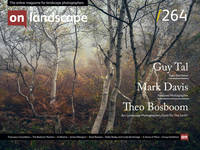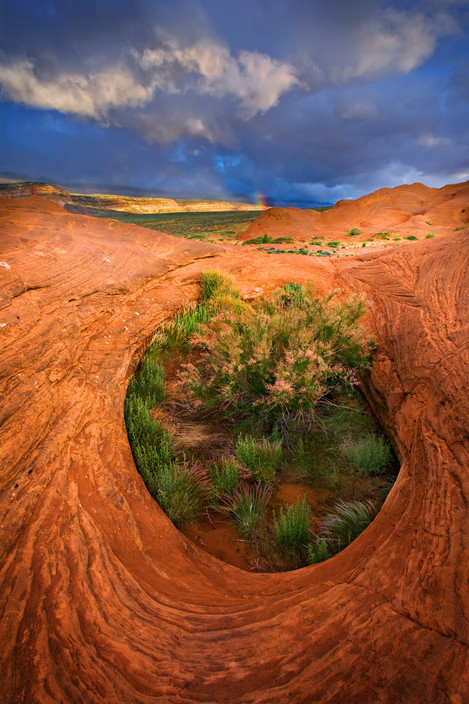Edward Abbey and the Pursuit of Wildness
The finest quality of this stone, these plants and animals, this desert landscape is the indifference manifest to our presence, our absence, our coming, our staying or our going. Whether we live or die is a matter of absolutely no concern whatsoever to the desert. Let men in their madness blast every city on earth into black rubble and envelope the entire planet in a cloud of lethal gas—the canyons and hills, the springs and rocks will still be here, the sunlight will filter through, water will form and warmth shall be upon the land and after sufficient time, no matter how long, somewhere, living things will emerge and join and stand once again, this time perhaps to take a different and better course.~ Edward Abbey
This article was inspired by an email exchange with Tim Parkin in which Tim asked about the influence of certain nature writers on my work. For reasons I explain in the article, Edward Abbey seemed like the obvious one for me to start with. Some readers may know that Abbey’s legacy has been the topic of much controversy over the years. My goal here is not to defend Abbey’s politics, personality, or methods. He has done much of that, himself, in his own writings. I urge interested readers to research and decide for themselves. My goal here is to describe Abbey’s influence on my own life and work.
The opening page of Edward Abbey’s book, Abbey’s Road, features a hand-drawn caricature of a wooden sign inscribed, “Take the other.” This should not surprise anyone familiar with Abbey’s penchant for solitary desert explorations and his often cantankerous and sarcastic style. In his best-known book, Desert Solitaire, Abbey explained, “I generally prefer to go into places where no one else wants to go. I find that in contemplating the natural world my pleasure is greater if there are not too many others contemplating it with me, at the same time.”



